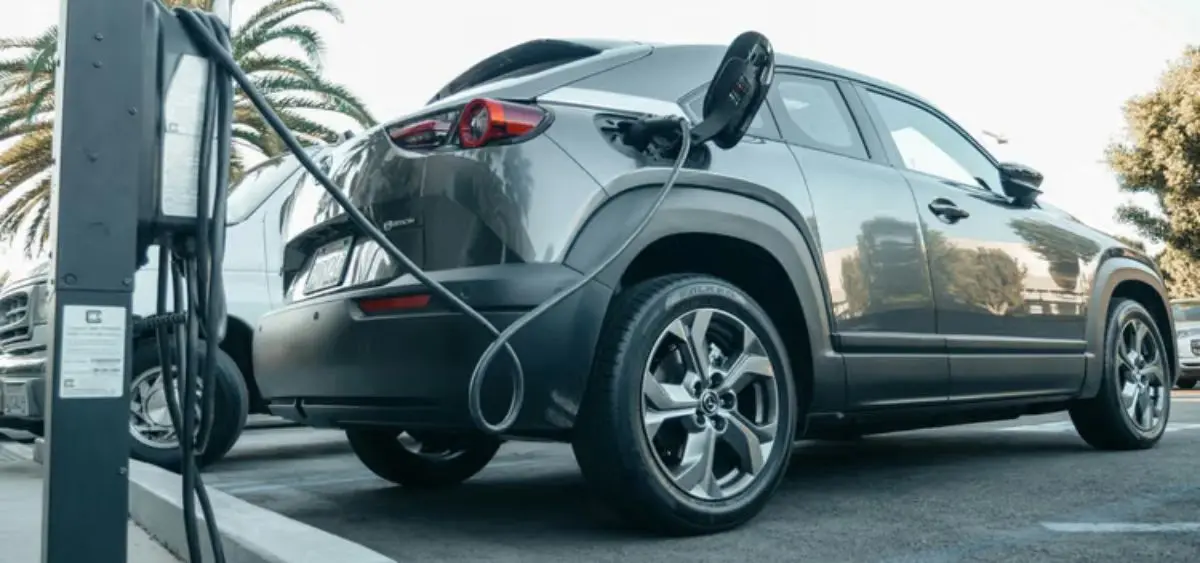India’s electric vehicle journey has just taken a powerful leap forward! On September 28, 2025, the Ministry of Heavy Industries unveiled the PM E-Drive Government New Guidelines for EV charging infrastructure, setting the stage for a future-ready mobility ecosystem. With a promise to make charging faster, smarter, and more accessible, these guidelines target everything from uniform charging standards to massive subsidies and digital integration. But what makes this announcement a true game-changer for India’s EV revolution? Let’s dive into the details of how this bold move could transform the way we drive, charge, and embrace clean mobility.
Charging Standards and Technology
The guidelines mandate that all chargers comply with the Ministry of Power’s September 2024 standards, ensuring interoperability across different vehicle categories.
- Two/three-wheelers: Light EV DC (IS-17017-2-6) and AC/DC Combo (IS-17017-2-7), up to 12 kW.
- Four-wheelers, buses, and trucks: CCS-II (IS-17017-2-3), from 50 kW to 250 kW.
- Heavy-duty vehicles: High-power CCS-II chargers, ranging from 250 kW to 500 kW, with a minimum of 120 kW per charging gun.
This ensures a uniform standard, critical for building trust and convenience among EV users.
Strategic Installation and Focus Areas
The government plans to prioritize EV-dense regions and key highways for new charging stations. The focus areas include:
- Cities with populations over one million.
- Smart cities, state capitals, and metro-connected towns.
- National and state highways connect major cities and industrial hubs.
Additionally, public facilities such as airports, metro/bus stations, ports, and toll plazas will be equipped with subsidized chargers to encourage accessibility.
Budget Allocation and Subsidy Model
Under the ₹10,000 crore PM E-DRIVE scheme, about ₹2,000 crore has been earmarked for charging infrastructure. The plan targets 72,300 new public chargers, including:
- 48,400 for two/three-wheelers,
- 22,100 for four-wheelers,
- 1,800 for buses.
Subsidy Breakdown
- 100% subsidy: For chargers at government buildings (offices, hospitals, schools, residential complexes), provided they are free for public use.
- 80% subsidy (infrastructure) + 70% subsidy (EVSE): For government-owned or managed sites such as PSU outlets, NHAI toll plazas, and airports.
- 80% subsidy: For chargers in malls, market complexes, and streets.
- Battery swapping/charging stations: Eligible for 80% subsidy on upstream infrastructure.
Benchmark costs vary from ₹6.04 lakh (≤50 kW) to ₹24 lakh (>150 kW) for infrastructure, while EVSE costs range from ₹7.25 lakh (50 kW CCS-II) to ₹11.68 lakh (100 kW CCS-II).
Implementation and Digital Integration
Bharat Heavy Electricals Ltd (BHEL) has been appointed as the nodal implementation agency. Subsidies will be released in two stages, contingent upon compliance and performance milestones. Central ministries, state governments, and Union Territories will appoint nodal agencies to aggregate demand and submit location proposals.
All new stations will be linked to the National Unified EV Charging Hub, offering real-time availability, navigation support, and seamless digital payments, ensuring user convenience.
Why This Matters?
Currently, India has around 30,000 public EV chargers, far fewer than required to support the rapidly growing EV market. Experts stress that charger-to-vehicle density is crucial to overcoming range anxiety and promoting mass adoption. By targeting high-demand locations and ensuring interoperability, the PM E-DRIVE scheme seeks to bridge this critical gap.
Conclusion
The newly released guidelines mark a decisive step towards accelerating India’s EV revolution. With standardized charging protocols, strategic deployment, strong subsidies, and digital integration, the government is laying the foundation for a future-ready EV ecosystem. If implemented effectively, this initiative could not only boost EV adoption but also position India as a leader in sustainable mobility.
Related Articles:-

